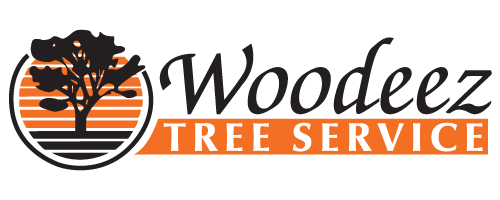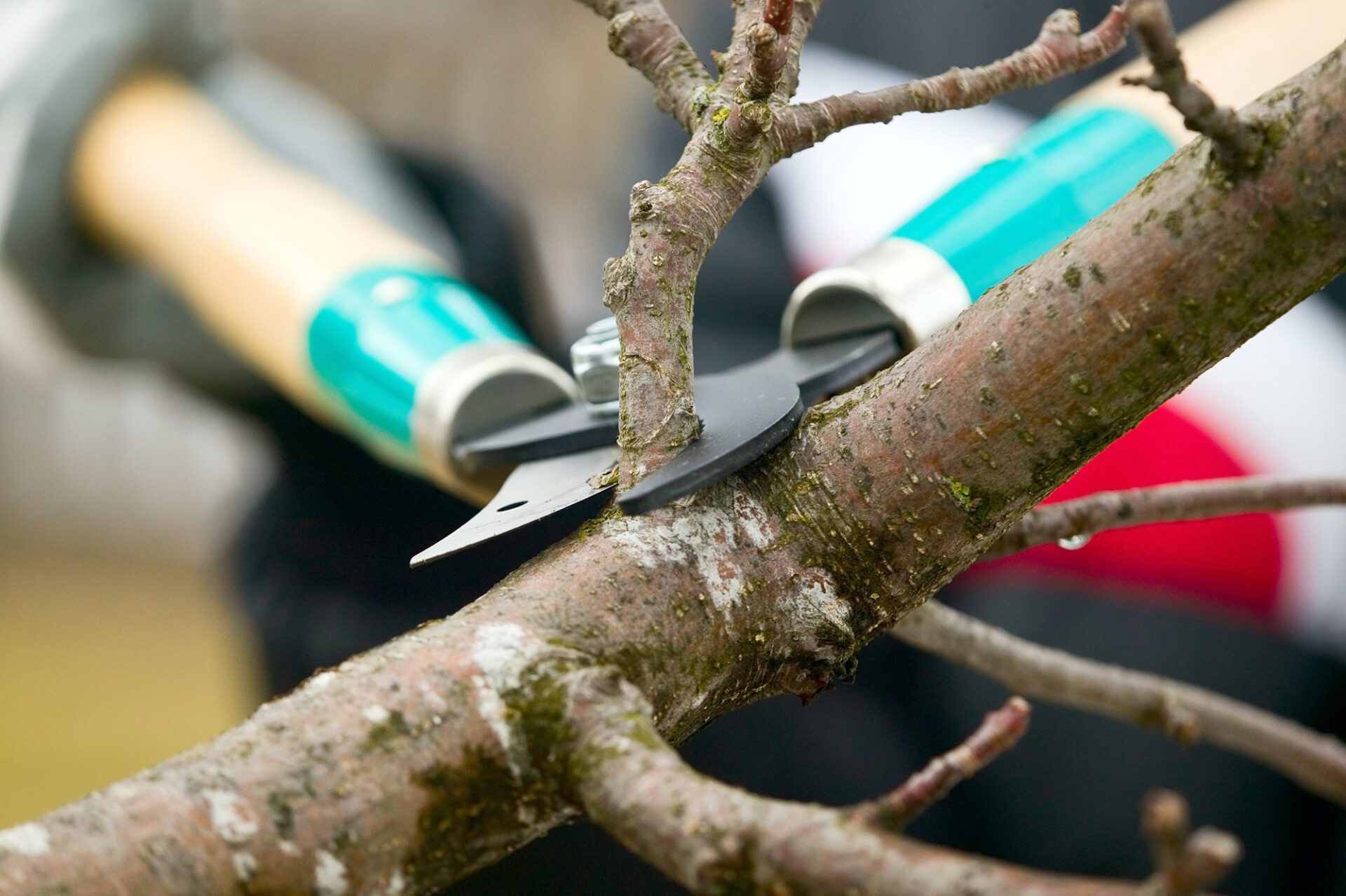It’s been a long winter for your trees, and they may need some attention and care as the weather starts to warm up in Rochester. Let’s look at some of the best tips to getting your trees into shape for spring. Grab your gardening gloves and pruning shears, and get ready to spend quality time in your yard.
1. Inspect Trees for Overall Health
Start by walking around each tree on your property, inspecting the trunk, bark and branches. Note any damage sustained from extreme winter weather. Abnormalities or holes in the bark may indicate decay. Your trees should be showing signs of flowering or new leaf growth with strong branches that won’t easily break. While dead or broken branches can be fine here or there, too many may be a sign that your tree isn’t in the best shape. If you find extensive damage, call us at 585-352-8733 to speak to a Woodeez tree expert.
2. Check for Pests
It’s important to check for any signs of insects spreading disease or killing your trees. Whether it’s leaf or bark damage, let’s review some of the most common invasive insects that can harm trees in the Rochester area and signs of damage.
Invasive Bug Species in Rochester, NY
There are several types of invasive insects that can wreak havoc on your trees in the Rochester area. If you’re concerned about insects killing trees on your property, talk to a tree service expert or visit your local nursery to help identify the bug. Some of the most notable insects include:
- Aphids: Also known as plant lice, aphids feed by sucking the sap out of plants, trees and shrubs. They are pear-shaped bugs with long antennae and have a variety of colors such as white, gray, brown, red, yellow, green and black.
- Spongy moths: Spongy moths begin as caterpillars that feed on the leaves of several tree species, including oak, maple, apple, hickory, and more. If touched by a person, the hair on spongy moth caterpillars can cause mild skin irritation. As they feed and grow, their coloring changes to include blue and red spots along their back, eventually molting into brown-looking moths.
- Hemlock woolly adelgids (HWAs): Hemlock wooly adelgids are similar to aphids that target North American hemlocks. HWAs are extremely small and therefore hard to spot on trees, however they look like white, woolly masses that sit on the underside of branches and feed on the tree’s starches.
- Emerald ash borers (EABs): Emerald ash borers can be identified by their shiny green body and wings with a red or purple abdomen. Digging deep into trees to feed through the bark, EABs kill all types of native ash trees in New York.
- Japanese beetles: Japanese beetles are small, round shaped bugs that have brown and green coloring on their shell and known to feed on more than 300 species of plants, including Japanese and Norway maples, black walnut, gray burch and fruit trees. These insects typically start at the top of the plant and eat their way down, causing devastating impacts to plants and trees.
- Thrips: Thrips are small, needle-like brown insects that suck out the nutrients of trees and plant species alike. While their feeding can cause some harm, they’re known for transmitting diseases to plants which ultimately kills them.
Signs of Tree Damage From Invasive Bug Species
There are common indicators these invasive bugs are causing issues for your trees. We’ve compiled a list what to look for when assessing the trees on your property:
- Aphids: Curled, misshapen or yellow leaves, white or yellow stippling on bark
- Spongy moths: Loss of leaves or holes in leaves, egg masses on tree trunks
- Hemlock woolly adelgids: White masses, especially at the base of needles or undersides of hemlock branches and change in needle color to gray or needle loss
- Emerald ash borers: Bark cracks, D-shaped holes in the trunk, yellowing leaves
- Japanese beetles: Leaves with lace-like appearance, jagged edges of flower petals
- Thrips: Dark spots on leaves, leaves that are stippled or wrinkled
3. Spring Cleaning
This is where those gardening gloves really come in handy! Clean yard debris, weeds, fallen leaves or fruit, and branches from around the base of your trees. Trim or remove competing plants, such as ivy, that can decay around the tree roots and encourage fungal growth.
4. Prune Branches
Pruning dead branches encourages new growth. Make sure your tools are clean and sharp. Limit trimming to less than 25% of your tree’s foliage — more than that can cause stress to the tree. Set a schedule for regular trimming throughout the year.
Please note that we do not recommend homeowners trim high branches themselves and encourage you to contact a tree service team to take care of this. Our professionals have the training and equipment to safely prune your trees.
5. Refresh Mulch
Mulching around your tree can help give your tree added nutrients, reduce weeds and increase the speed at which your tree grows. The best time to put mulch around your tree bases is in the middle of spring as it gives time for the soil temperature to rise and effectively absorb nutrients. Depending on the type of mulch you’re putting down, add 1-4 inches of new mulch around your tree’s base. Keep the mulch a few inches from the tree trunk to prevent excessive moisture that can cause fungal growth.
6. Fertilize
Spring is the peak growing season for many trees. A slow-release fertilizer will add nutrients and protect your trees from stress, disease, and insects. The fertilizer you choose should be based on the type of tree and the soil it’s planted in.
7. Water Trees
Encourage new growth with proper watering. During the winter, frozen soil prevents water from absorbing correctly. The spring and summer months are ideal for watering trees. Newly planted trees need a lot more water than already established ones, and the amount of water you should use for each tree is about 10 gallons per inch of the tree’s diameter. That’s equal to running the hose for approximately 10 minutes. You want the soil around your trees to be moist, but not soggy.
Contact the Tree Experts
Tree health is extremely important for the landscaping appeal on your property. If your trees need professional pruning or removal, contact us at Woodeez Tree Service. As a fully insured and licensed team, we have the experience and expertise to help you spruce up your yard for spring.
Author: Jeb Walworth
General Manager of Woodeez Tree Removal

